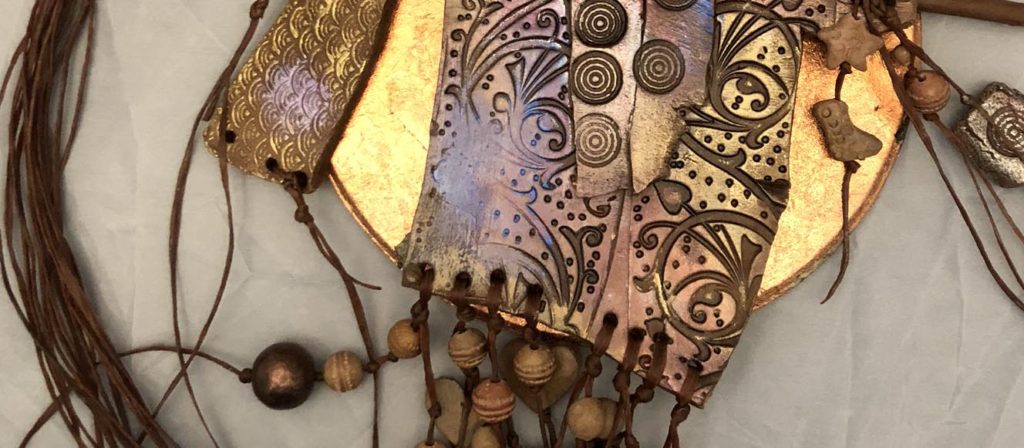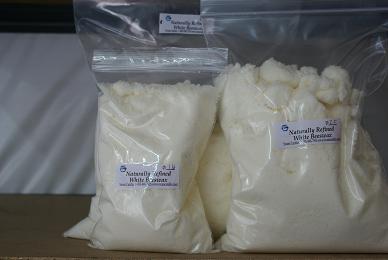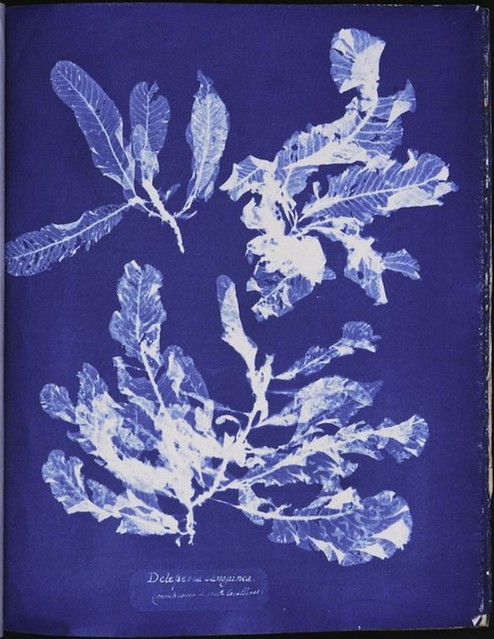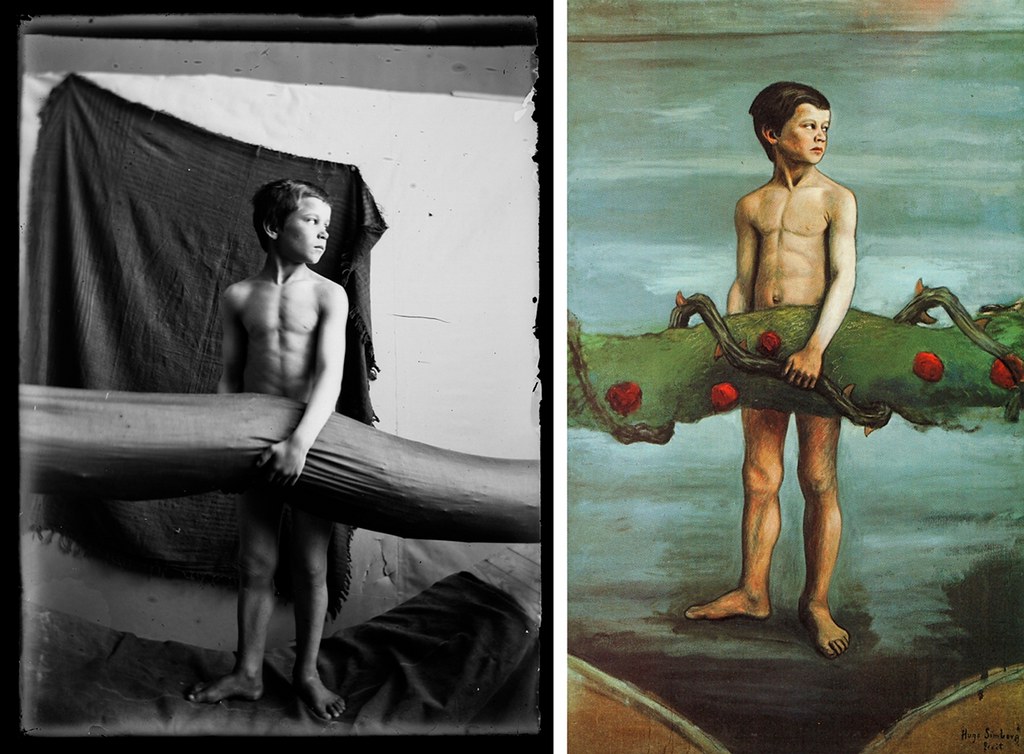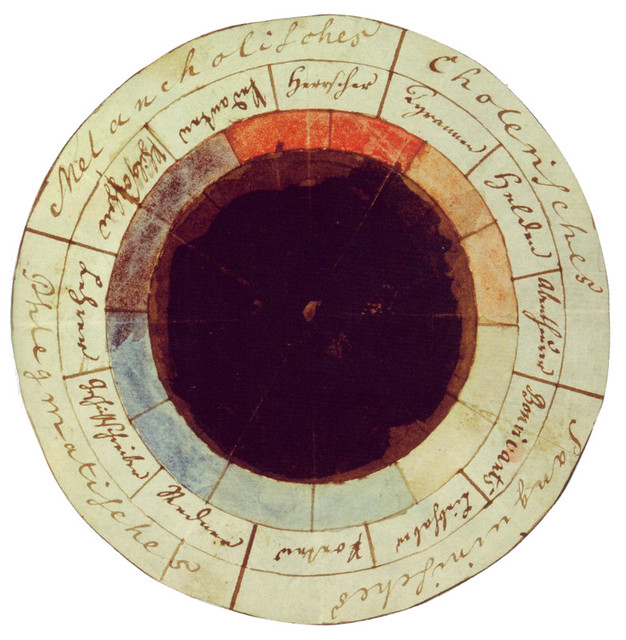The New Year is a great time to identify the creative materials you use the most . These are your signature media, your “desert island” necessities. This list can help you in your resolution to streamline and simplify your studio space once you know what you will really use.
I know what MY own signature media are. Here are the Top Five that I use extensively in my own work and in almost all of my workshops (Raise your hand if you’ve used walnut ink because you learned about it in one of our workshops!)
- Tsukineko Walnut Ink
- Beeswax
- Book Foil
- Sari Silk
- Artificial Sinew
I get a lot of questions about where to find these materials since they are not really mainstream art/craft materials. I prefer to buy from places other than Amazon (although the Big A is certainly fast and convenient).
But when I can obtain my signature materials from other artists or independent retailers, I try to share those sources.
Here they are – enjoy looking! :
Tsukineko Walnut Ink:

https://www.imaginecrafts.com/walnut-ink/view-grid/1351
I have always ordered my walnut ink spray from Imagine Crafts. They have friendly customer service and ship quickly. It’s often hard to find walnut ink at places like Michael’s or JoAnns (a lot of people have never heard of it) but it’s always in stock at Imagine.
If you browse around the Tsukineko inks, you’ll see that there is a pastel set (Cherry Blossom, Cornflower, Willow, Lilac) as well as an earth-tone set (Java, Eucalyptus, Walnut, Terra Cotta). Either set of four bottles retails for $23. Any color can also be purchase singly for $5.70.
Beeswax:
There are many different forms of beeswax and thousands of ways to use it. I use beeswax for encaustic collage and for assemblage. I use it on clay and on fiber. My preferred beeswax is all natural White Beeswax pellets, refined in the USA without any chemical bleaching aids. My favorite source for this is Swans Candles in Tenino, WA.
Swans has a fine selection of beeswax and other encaustic supplies (including Damar Varnish if you want to make your own encaustic medium). Their prices are excellent. You can buy a pound of Natural White Beeswax pellets for $9.95.
Most retail art stores now sell beeswax and other encaustic supplies, but you can expect to pay almost twice as much per pound. Even on Amazon, a pound of R&F Encaustic White Beeswax lists at $18.86.
Book Foil:
This foil, also known as Deco Foil, is generally used for transferring metallic finishes to craft projects using an adhesive. Here’s a link to a video that shows demos about that. However, if you’ve taken an encaustic workshop with me, you know that we also use it to create fine gold marks onto a waxed surface.
One of the best places to order this foil is Dharma Trading Company. They are generally known for their fiber art supplies, but you will love their site for lots of other reasons! For Deco Foil, for example, they have the best selection and lowest price of anyone, including Amazon. Currently, they sell a cylinder of five sheets, 6×10″, for just $3.89.
Sari Silk:
I discovered my source, Felt Better, on Etsy several years ago, and I have ordered from them many times.
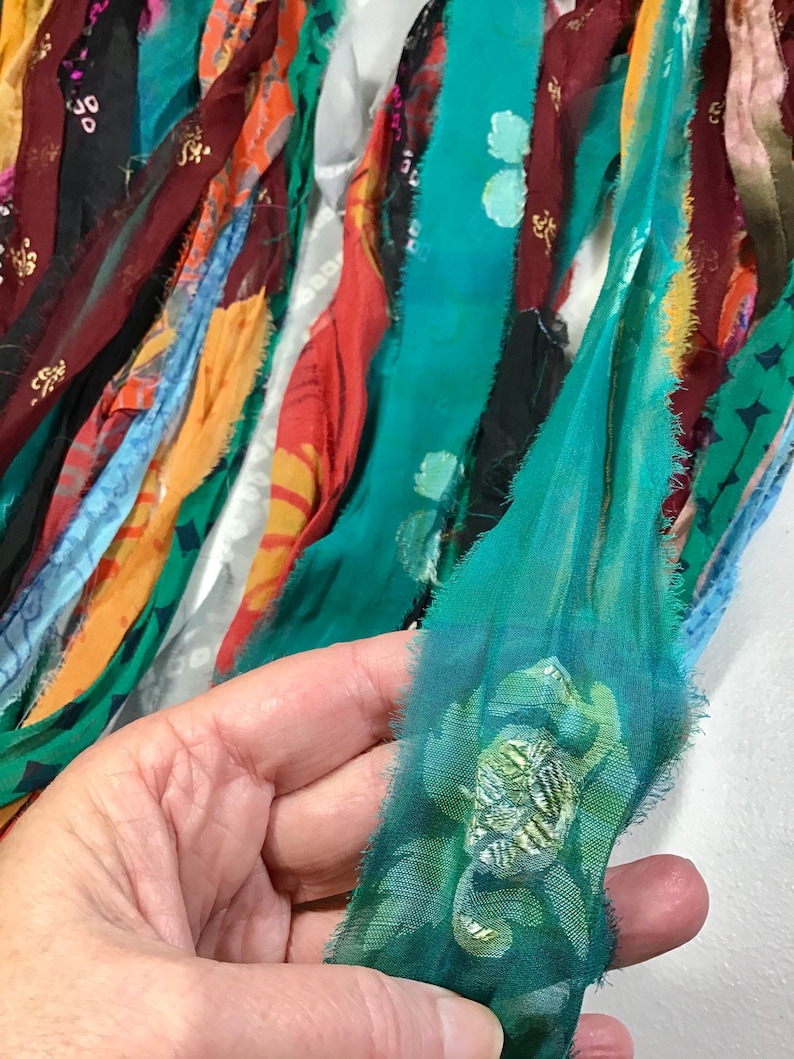
This is what the owner, Michelle, says about her sari silk: “The beautiful, exotic sari ribbon I carry is all the best things about recycling that I love. First and foremost, it helps our fragile planet by making use of material that would end up in landfills. Did you know that it helps women too? It’s a fair trade product that works close with women co-op groups, insures they get a fair wage, that helps them support their families….and most importantly, no child labor is involved.”
I use sari silk for so many things – for journals, assemblage, spirit dolls, and just to hang in my studio for pure enjoyment of its colors, history, and textures. A 100 gram skein (about 45 yards) costs $12.50 at Felt Better.
Artificial Sinew:
Do the words “cat gut” make you shudder? What about “sheep sinew?” Those were traditional material used for lacing and tying leather and gourds. Fortunately, artificial sinew is now available because I use a lot of it! It’s a material I use for clay assemblage, bead stringing, fiber art, and almost anything else that requires tying one thing to another thing.
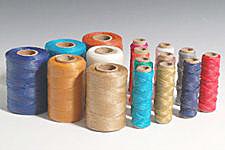
I used to buy it at Tandy’s Leather Store, but have discover a new online treasure trove. The Thread Exchange specializes in the kinds of thread that are not sold in stores, including a huge selection of artificial sinew. The company is based in North Carolina and its website is user-friendly.
They have almost twenty colors of sinew, although I am partial to the Natural and the other earth colors like Terra Cotta. A 17-yard roll is about $5.00 and a 265-yard roll is only about $15.00.
For 2020, I would like to make a commitment to bring into my workspace only those materials that I really need, use and love. Hmmmm… it’s not always easy, because experimenting with new things is part of the game.
So here I go, tempting you with great sources for wonderful materials that may be new to — I hope some of these will inspire your work for the new year. Thanks for reading SHARDS!

